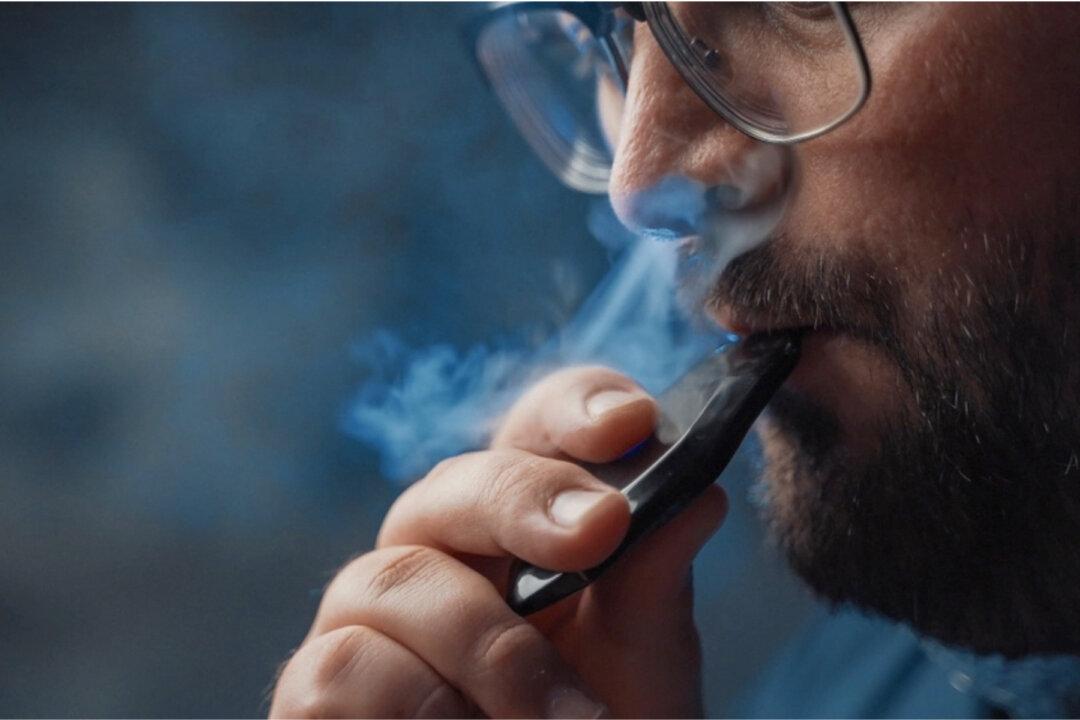For many years, the loosely regulated vaping industry cast itself as the smokers’ best friend, helping them quit cigarettes with a safe alternative. That optimistic narrative, which permitted companies to market flavored vaping products that became all the rage among teenagers, is now in question as case after case of serious lung disease and death related to vaping has emerged.
As of Nov. 20, 2019, what the Centers for Disease Control (CDC) has termed an “outbreak” has affected some 2,290 people across the United States, killing 47.




